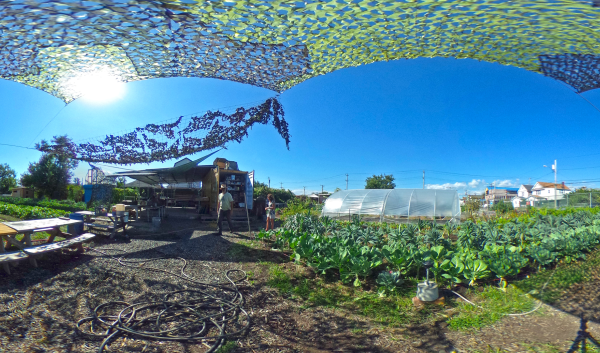Temperature
Since 1901, temperatures have risen in many parts of the world. Since 1970, the pace of this trend has accelerated. Increases in average global temperatures are expected to be within the range of 0.5°F to 8.6°F by 2100, with a likely increase of at least 2.7°F for all scenarios except the one representing the most aggressive mitigation of greenhouse gas emissions according to IPCC (2013). High and low temperatures are also predicted to increase, which may have negative consequences for agricultural production and forest heath. Increasing high temperatures can hurt both crop pollination and fruit development. While crop growth can continue at high daily maximum temperatures, fruit production and pollination are more sensitive. The end result may be lower yields of marketable crops, and reduced income for farmers.
Warmer temperatures around the globe lead to stronger storms and heat waves, and more of them. Though there will likely be more average rainfall world-wide, some areas can expect to see a greater increase than others. Higher temperatures in some regions areas will intensify drought. This may increase the need for irrigation and other adaptive practices on farms.








